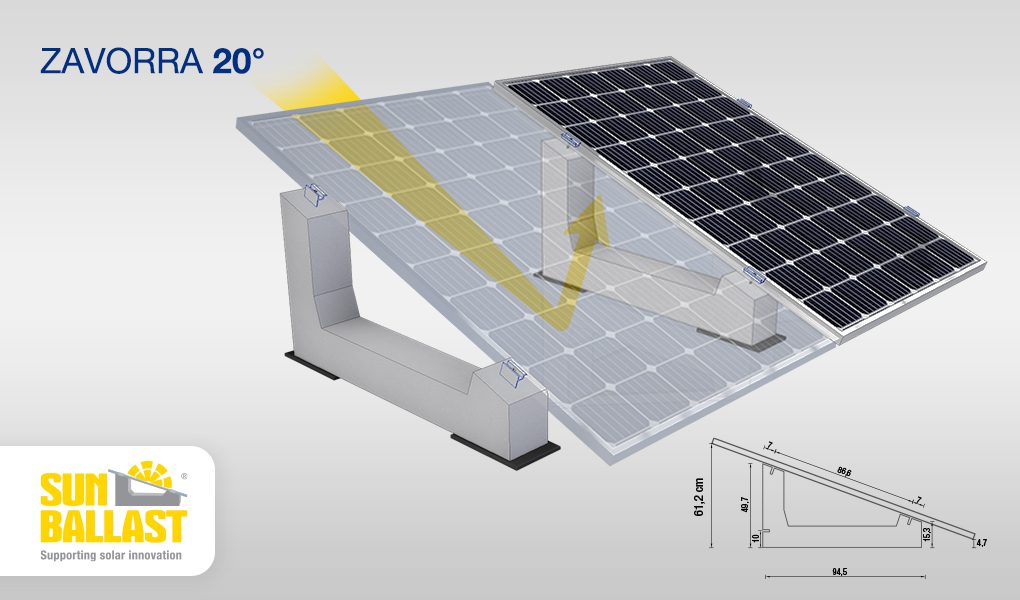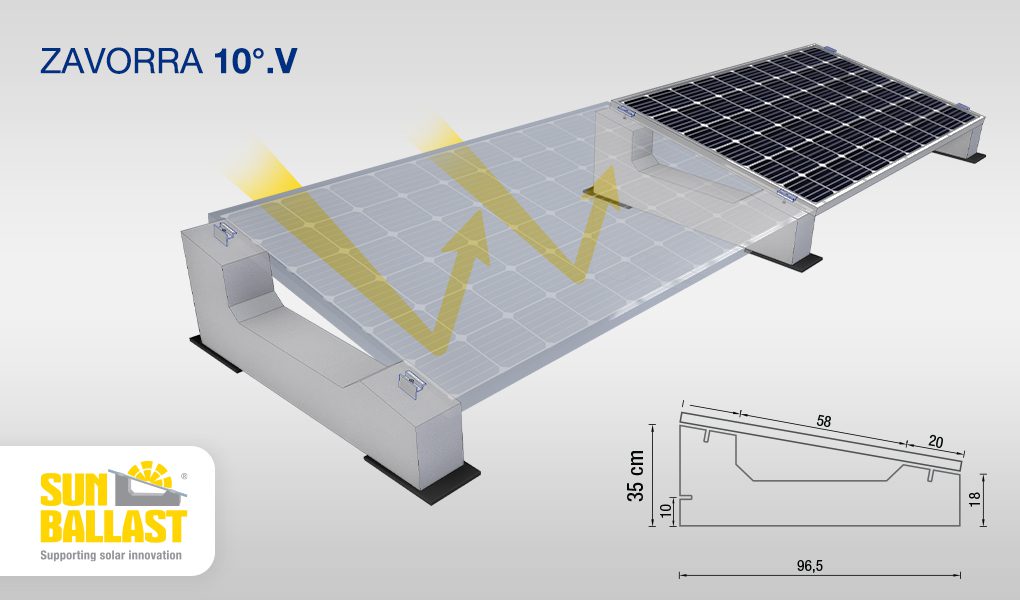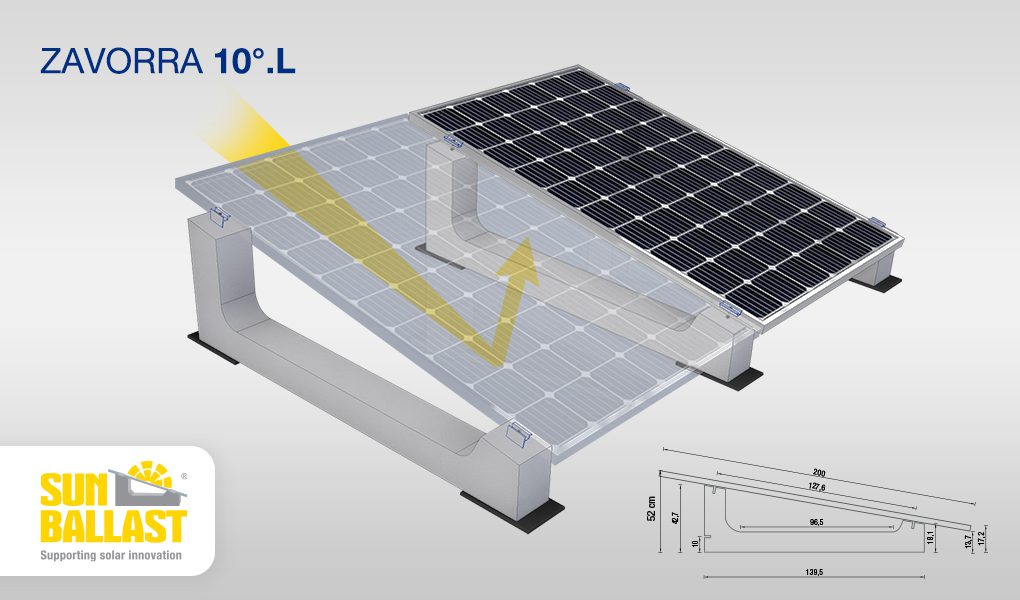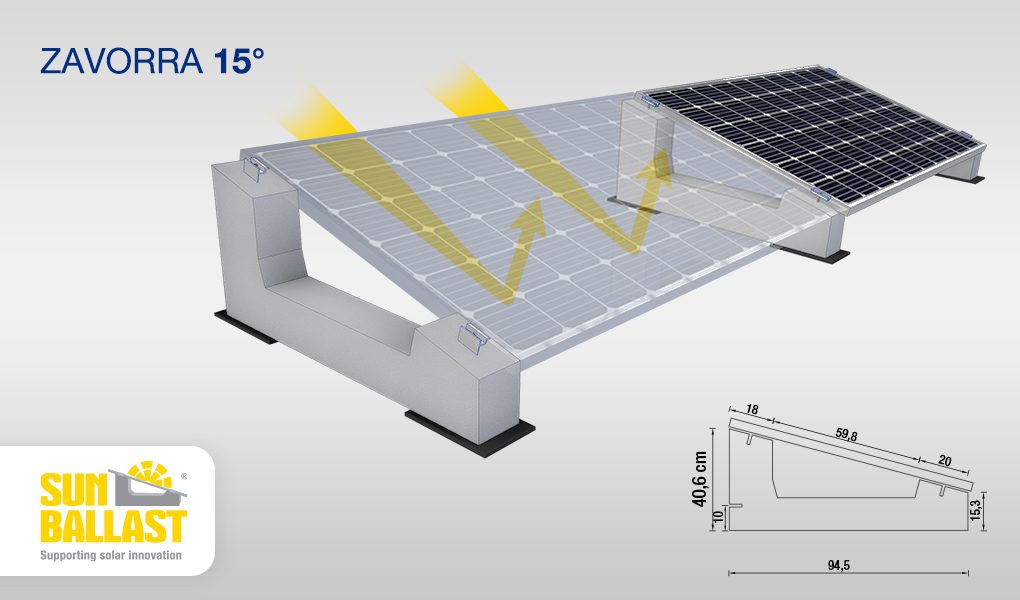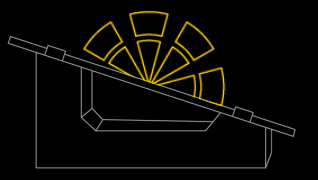Bifacial solar panels: their advantages and mounting system requirements
Being “two-faced” may not be a good thing for a person, but for a photovoltaic panel, it can be a real perk: bifacial panels can have notable advantages, especially in terms of efficiency and output. Bifacial solar panels are becoming increasingly popular, and along with new innovations come new challenges.
According to a recent analysis by the International Energy Agency (IEA), by 2030 the market share made up of bifacial solar panels will reach more than 30 percent: a significant figure that speaks to the highly innovative nature of the entire photovoltaic industry. Because while it’s true that we’re talking specifically about panels, this kind of technological evolution requires the entire system to adapt, starting with the mounting system.
BIFACIAL SOLAR PANELS: FEATURES AND ADVANTAGES
Solar panel efficiency has steadily increased over the past decade, and the photovoltaic industry is now a major player in the green energy transition. Alongside increased output, research has also focused on the possibility of harnessing reflected sunlight – that is, light that “bounces” off the surface towards the back of the solar panel. Bifacial panels are designed to capture this reflected light, leading to an increase in output over traditional panels that can range from 10 to 25 percent, depending on the specifics of any given system. This is a significant figure, especially considering that the difference in cost between bifacial and traditional single-sided panels is diminishing.
But what are the main factors influencing the performance of a bifacial solar panel?
ALBEDO: THE (SUPER)POWER OF REFLECTION
One of the key words here is Albedo: this term refers to the reflective power of a given surface, meaning the fraction of sunlight that is reflected in all directions. While an Albedo factor of 1 indicates that all incident light is reflected, a factor of 0 indicates that the light is completely absorbed by the contact surface, and therefore there is no reflected light at all. The Albedo factor depends on many characteristics of the surface, such as colour, shape or angle of radiation: for example, the value is highest–about 0.9–on fresh snow, drops to 0.4 on sand and falls further to 0.25 on a grassy lawn.
Therefore, the Albedo value of the surface directly affects the yield of the bifacial panels: their increase in output comes from their ability to harness that reflected light as well as direct sunlight. In addition to this important factor, however, it is essential that the mounting system allows reflected light to reach the back of the panel, minimising shadows and shading.
THE IMPORTANCE OF MOUNTING SYSTEMS: THE SUN BALLAST EXAMPLE
Designed to ensure maximum efficiency for even the most modern photovoltaic systems, Sun Ballast mounting systems are the ideal solution for bifacial panels installed on flat surfaces: while providing maximum resistance to wind and snow loads, the contact surface between the panel and the ballast is significantly reduced, the space between the rows is easily modulated, and the back side of the panel is completely free of obstacles. It is crucial that mounting systems for bifacial solar panels do not cast excessive shadows: the choice of system can significantly affect the plant’s overall output and the payback time of the initial investment, so it is essential to carefully evaluate all its features and characteristics. Part of the advantages offered by Sun Ballast systems also stems from the wide range of heights and inclinations available (up to 30°). Choosing the best solution for your needs means ensuring maximum output for your solar panels. For this reason, the Sun Ballast Technical Department offers constant, free and professional support at all stages of implementation, helping clients select the most suitable support system for the roofing, orientation and type of panels installed, especially in the case of bifacial solar panels.




